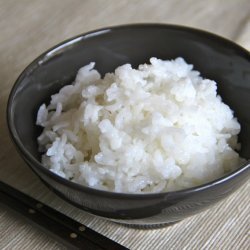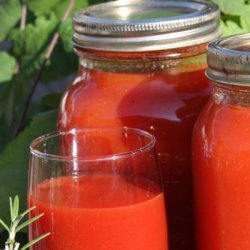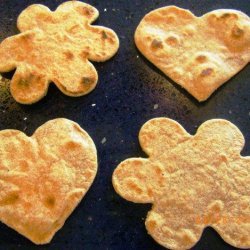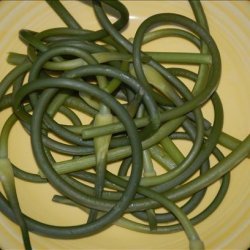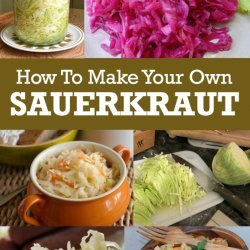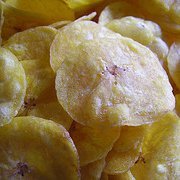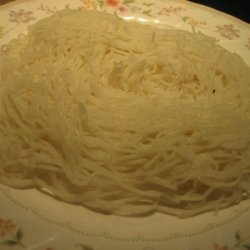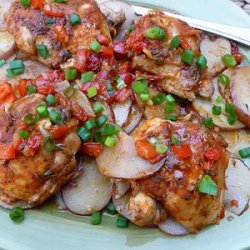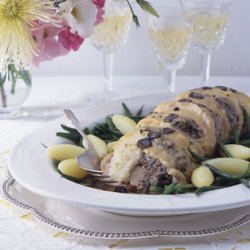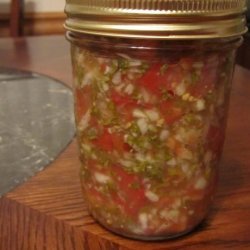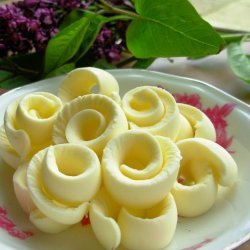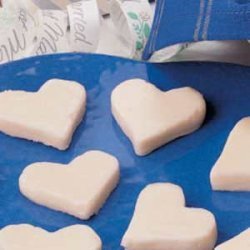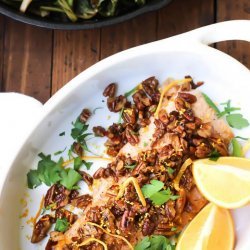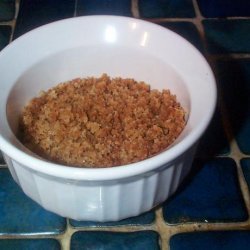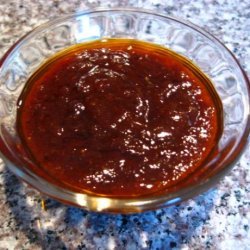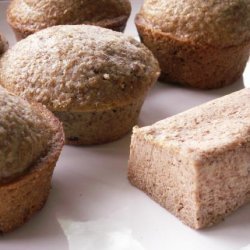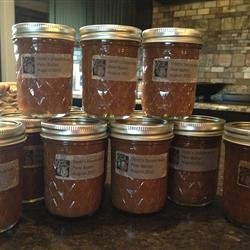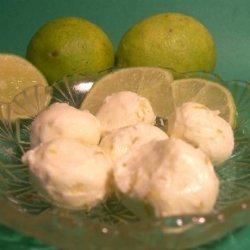Directions:
- Culture the cream: pour cream into a container, cover and let sit at room temperature for 2-3 days.
- The cream will seperate some, and will sour. This is a good thing!
- Stir the cream to reincorporate the ingredients.
- Begin to slowly whip the cream, by hand or using a stand-mixer.
- When soft peaks begin to form whip faster.
- The butter fat will begin to seperate from the butter milk - continue to whip until you have pea sized chunks of the butter fat clinging to the side of the bowl. This step may take some time, but be patient, it will happen!
- Line a collander or strainer with cheesecloth and place your butter fat / butter milk into the cheesecloth (make sure to catch the butter milk! you can use it for pancakes later!).
- Pull the ends of the cheese cloth together and press down to get rid of more of the butter milk.
- You should now have a large hunk of very soft butter - it's still got some butter milk incorporated into it, so -
- You now want to rinse the butter under cold running water to remove more of the butter milk - I do it a small handfull at a time, and I do it over a strainer or collander so I don't lose any small pieces. It takes some practice, but you'll get the hang of it quickly.
- After you've rinsed all the butter, place it in a mixing bowl and begin to press it up against the side of the bowl using a flat spoon or rubber spatula. You'll release more butter milk and water this way, so make sure to drain that off as you go.
- This is also the step where you will add any 'special' ingredients i.e. salt, lavender, honey, whatever - I prefer to make it un-salted, but recipezaar won't let me post a recipe with only one ingredient, so I'm listing salt -
- When you're done with this step place the butter in some kind of mold (I use a cake pan lined with cheesecloth) and place it in the fridge.
- After a few hours the butter will have set and if you want to cut it into smaller pieces you can do so -
- This is an incredibly simplified version of the recipe that I use to make the butter that we sell at the shop I work at - I make approximately double this recipe every week. It's easy and, actually, kind of fun. The end product will be much smoother and fresher than any butter you would buy at the store (unless, of course, you're shopping where I work :) .)
- Starting with a better product will, of course, yield a better result. I suggest using raw, organic, unpasteurized cream, if you can get it. You will be pleasantly surprised with the result, and you will be doing your body, and the local economy, a favor.
- A note about culturing - you can omit this step if you like, but I reccomend trying it at least once. I think if you do, you'll never go back. It gives butter a characteristic flavor and a little more 'zing.' I often have customers questioning this step saying things like So you just let the milk go BAD? Isn't that un-healthy? I usually try to calm them by pointing out that this has been done for centuries with much success.
- A note about temperature - you will find it very difficult to do this recipe in a hot kitchen. The butter will melt constantly and you'll lose more in the rinsing process. At the same time, a cold kitchen will make it difficult as well. I find that 70 to 75 degrees is the ideal temperature.
Nutrition Facts
| Amount Per 1 Serving | |||
| Calories | 2557.43 Kcal (10707 kJ) | ||
| Calories from fat | 2301.69 Kcal | ||
| % Daily Value* | |||
| Total Fat | 255.74g | 393% | |
|---|---|---|---|
| Cholesterol | 1065.6mg | 355% | |
| Sodium | 775.16mg | 32% | |
| Potassium | 639.52mg | 14% | |
| Calcium | 0.5mg | 0% | |
| Amount Per 100 g | |||
| Calories | 404.12 Kcal (1692 kJ) | ||
| Calories from fat | 363.71 Kcal | ||
| % Daily Value* | |||
| Total Fat | 40.41g | 393% | |
|---|---|---|---|
| Cholesterol | 168.39mg | 355% | |
| Sodium | 122.49mg | 32% | |
| Potassium | 101.06mg | 14% | |
| Calcium | 0.1mg | 0% | |
* Percent Daily Values are based on a 2000 calorie diet. Your daily values may be higher or lower depending on your calorie needs.
Find out how many calories should you eat.
Get Your Recipe of Health!
Follow RecipeOfHealth on Facebook!


